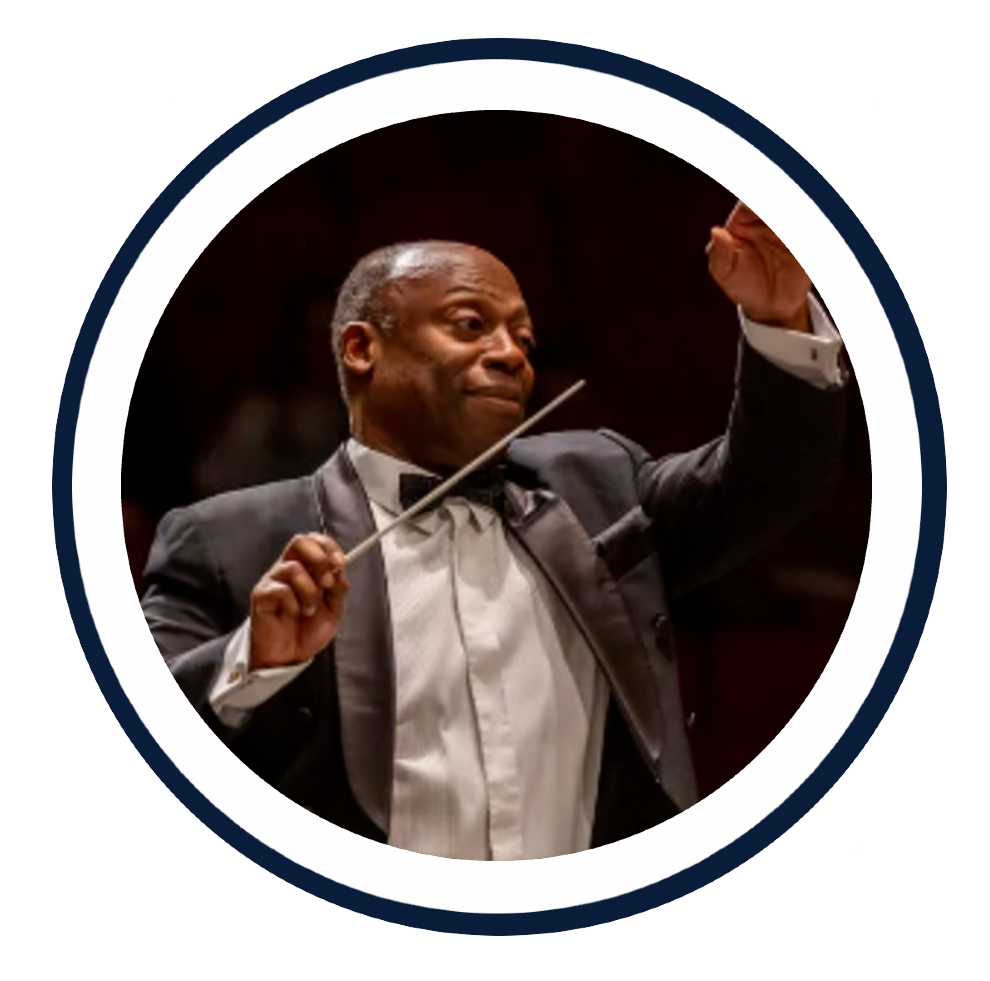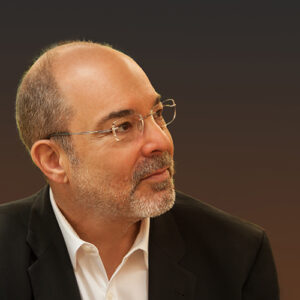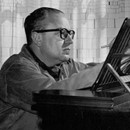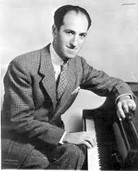
Countdown 2… Dunner
November 9 @ 7:30 pm - 9:30 pm

Our search for a new Music Director continues, with our third of four candidates*: Leslie B. Dunner.
Hailed as “dazzling, elegant, polished, and riveting” by critics for his electrifying concert performances, guest conductor Leslie B. Dunner comes to perform a program that is sure to stir concertgoers. Lauded for his world premiere performances of Anthony Davis’s opera “The Central Park Five” winning the 2020 Pulitzer Prize in Music, and his “March to Liberation” subscription series concerts with the New York Philharmonic as part of their 2023 Inaugural Season in the new David Geffen Hall. The New York Times “Critic’s Pick” wrote Dunner’s performances had ” … a streak of urgency and plenty of orchestral splendor… dive-bombing phrases with terrific energy and articulation… style, sagaciously managed, suave, with bursts of piquant personality,” and a concert finale which “came across as grandly cosmic.” Maestro Dunner is joined by Indiana University’s Dean Charles H. Webb Chair in Music, Norman Krieger in Gershwin’s Piano Concerto in F major, a work shimmering with orchestrational brilliance.
Join the GBS, Dunner and Krieger, performing masterworks of Haydn, Ginastera, and Gershwin in music that “echoes within for a lifetime!”
This stylishly unique program affords the audience an opportunity to compare and contrast differing viewpoints of one of the most iconic forms of music utilized in classical culture: the Concerto, in novel and inventive ways.
The evening builds around Haydn’s Symphony No. 6, recognized as the first “Concerto for Orchestra” ever composed. “Papa” Haydn wrote this dazzling work to showcase both his compositional prowess and the excellent musicianship of the orchestra to his new employer, the Prince of Esterhazy.
Ginastera’s Variaciones Concertantes (Concertante Variations) models itself, like Haydn’s work, on being a showcase for the excellence of the orchestral musicians. And, like Haydn, it uses the Baroque “Concerto Grosso” or “Big Concert[o],” passing the work’s main musical theme from one soloist to another, and finally to the full orchestra. Like Haydn, the string bass appears prominently as a featured solo instrument.
This concert also features – for the first time in decades – Gershwin’s Concerto in F, with Norman Krieger at the piano.

Norman Krieger
A native of Los Angeles, Norman Krieger is one of the most acclaimed pianists of his generation and is highly regarded as an artist of depth, sensitivity and virtuosic flair. As the Los Angeles Times put it, “Krieger owns a world of technique-take that for granted. He always knows exactly where he is going and what he is doing. He never for instant miscalculates. He communicates urgently but with strict control. He is alert to every manner of nuance and at every dynamic level his tone flatters the ear.”
Myung -Whun Chung, Donald Runnicles, Leonard Slatkin, Michael Tilson Thomas, Jaap van Zweden and Zubin Mehta are just a few of the conductors with whom Krieger has collaborated. Krieger regularly appears with the major orchestras of North America, among them the New York Philharmonic, Los Angeles Philharmonic, the Chicago Symphony, Minnesota Orchestra and the National Symphony. He has performed throughout Europe, Asia and South America including tours of Germany, France, Poland, Holland Scandinavia, Korea, China, New Zealand and Israel.
This season, all kids under 19 years old will be admitted FREE when accompanied by an adult; accompanying adults will get 15% off their single ticket prices. Please note that our concerts will begin one half hour earlier this season, at 7:30 PM.
PROGRAM NOTES
November 9, 2024
Leslie Dunner, conductor
Norman Krieger, piano
Symphony No. 6 in D Major, Hob. I:6, “Le Matin” Franz Joseph Haydn (1732-1809)
Adagio; Allegro
Adagio; Andante; Adagio
Menuet e Trio
Finale: Allegro
Variaciones Concertantes Alberto Ginastera (1916-1983)
-Intermission-
Concerto in F for Piano and Orchestra George Gershwin (1898-1937)
Allegro
Adagio; Andante con moto
Allegro agitato
Please join us at the Cross Aisle (Row K, Main Level) after the concert for a Q and A with Maestro Leslie Dunner.

Haydn, Symphony No. 6, Hob. I:6, “Le Matin”
Franz Josef Haydn composed symphonies across most of his long life–104 in all–and is rightfully called “father of the symphony.” Tonight’s example comes from the early years of his engagement with the genre and shows characteristics both rooted in older music and pointing toward forward developments. Written in 1761, just after his appointment as music director to the wealthy and prominent Esterhazy family, Haydn was beginning his dream job for a composer at that time. Among his first assignments was the charge to compose three symphonies representing morning, noon, and night: hence the nickname “Le Matin.”
In No. 6 we see elements of the earlier Italian concerto grosso, a genre that was well known to the Esterhazy establishment (think Vivaldi’s Four Seasons, or Corelli’s Christmas Concerto). Haydn displays the instruments as soloists rather than sections, a feature which would have allowed him to assess the abilities of his new collaborators. Yet the work is in four movements, a pattern that would later become the norm for a symphony, and it opens with a slow introduction depicting the sunrise of the title.
The lively first movement features the solo flute and oboe in conversation with the strings. Next comes a serene and profound slow movement for solo violin and cello, accompanied by strings, in a three-part Adagio-Andante-Adagio form. Solo winds return in the minuet, and in an astonishing turn, we hear the solo double bass paired with bassoon in the trio section. In the finale the solo violin returns, along with other soloists, in a tribute to the older concerto grosso, described by Haydn scholar H. C. Robbins Landon as “a brilliantly original way of pouring new wine into old bottles.”

Ginastera, Variaciones Concertantes
Tema per violoncello ed arpa
Interludio per corde (strings)
Variazione giocosa per flauto
Variazione in modo di Scherzo per clarinetto
Variazione drammatica per viola
Variazione canonica per oboe e fagotto
Variazione ritmica per tromba e trombone
Variazione in moto di Moto perpetuo per violino
Variazione pastorale per Corno
Interludio per fiati (winds)
Ripresa dal tema per contrabasso
Variazione finale in modo di Rondò per orchestra
Alberto Ginastera was an Argentine composer who spent some years in the United States and the last part of his life in Europe. Composed in 1953, the Variaciones Concertantes fall under the composer’s own designation of “subjective nationalism,” in which elements of folklore are treated in new ways. In the composer’s own words accompanying the score, “These variations have a subjective Argentine character. Instead of using folkloristic material, I try to achieve an Argentine atmosphere through the employment of my own thematic and rhythmic elements. The work begins with an original theme followed by eleven variations, each one reflecting the distinctive character of the instrument featured. All the instruments of the orchestra are treated soloistically. Some variations belong to the decorative, ornamental or elaborative type, others are written in the contemporary manner of metamorphosis, which consists of taking elements of the main theme and evolving from it new material.”

Gershwin, Concerto in F for Piano and Orchestra
Written in 1925, only a year after the acclaimed Rhapsody in Blue, Gershwin took up a challenge to follow up on the earlier success: “Many persons had thought that the Rhapsody [in Blue] was only a happy accident. Well, I went out, for one thing, to show them that there was plenty more where that had come from.” Unlike Rhapsody, the Concerto in F follows the traditional three-movement, fast-slow-fast concerto structure. But the language of the concerto is jazz, from the Charleston dance rhythm of the first movement, through the blues and muted trumpet of the second movement, to the “orgy of rhythms” (Gershwin’s own words) in the last movement. While some contemporary critics were at a loss as to how the concerto should be categorized, Gershwin’s fusion of jazz and classical idioms has engaged the audience from the beginning to the present day.
Alice M. Caldwell PhD